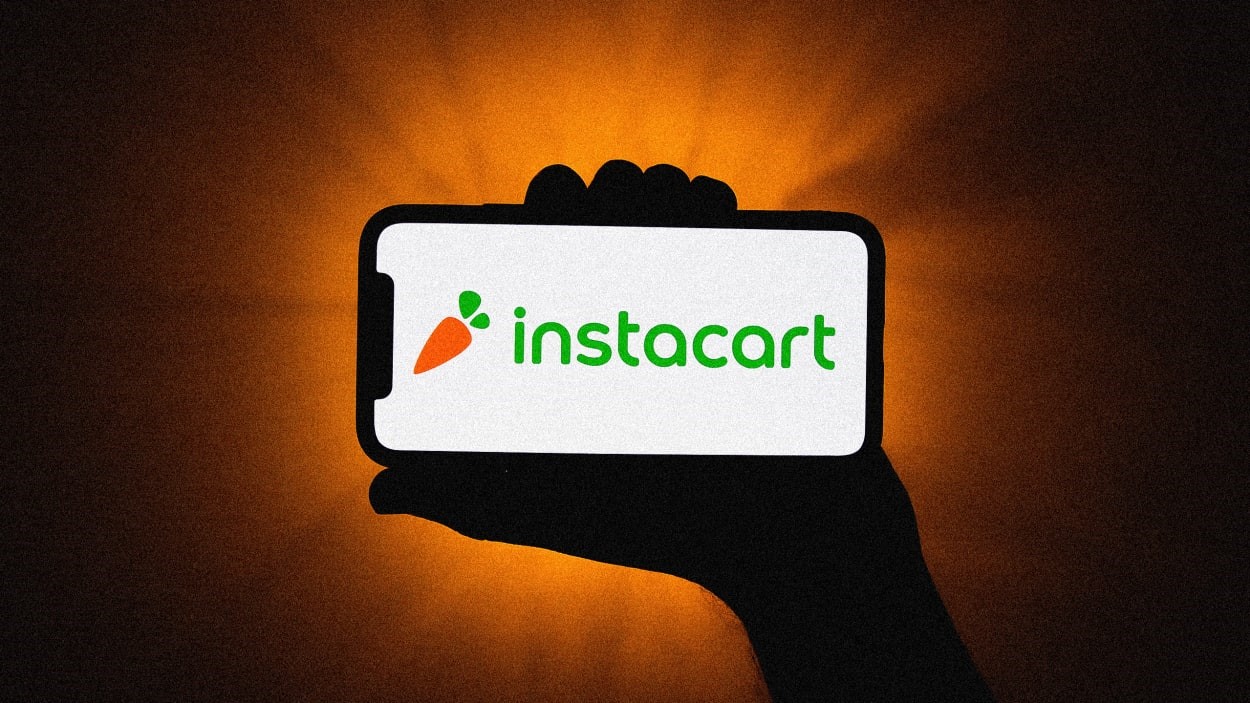Instacart IPO: 3 key takeaways from the company’s S-1 filing
It’s almost in the bag: Grocery delivery company Instacart is going to IPO. The company filed its Form S-1 with the SEC on Friday, but in a corresponding press release, said that “the number of shares to be offered and the price range for the proposed offering have not yet been determined.”
What we do know is that the company intends to list its stock on Nasdaq under the “CART” ticker. It’s unclear when shares will begin trading, but when they do, it will likely mark one of the largest or most notable IPOs in the U.S. this year, including semiconductor company ARM, which recently announced IPO plans, and restaurant chain Cava’s IPO. An Instacart IPO may serve as a domino, too, in the sluggish IPO market. The most recent Global IPO Trends report from EY, comprising the second quarter of 2023, showed that IPO activity in the U.S. was down 17% year-over-year, with only 31 IPOs taking place during that three-month stretch. More than 1,000 companies went public during all of 2021, for comparison.
Here are three key takeaways from the company’s S-1.
Instacart is profitable
Instacart was most recently valued at $12 billion, according to reporting from The Information. And perhaps most importantly, the company is actually profitable. Per the company’s prospectus, it earned $114 million in net income during the second quarter of 2023, on revenue of $716 million. That’s following net income of $128 million from revenue of $759 million during Q1 2023.
Net income grew from $73 million in 2021 to $428 million in 2022, a signal to investors that the company has traction and that sales are headed in the right direction. Plus, Instacart’s average order value is $110, compared to $100 for the U.S. grocery market overall, according to the S-1.
Big investors are involved
PepsiCo is investing in the company, and has agreed to purchase $175 million in stock in a private placement. A big name like that could spark interest from additional investors, especially those in and adjacent to the grocery space.
In all, Instacart has raised nearly $3 billion in total funding since 2012, over a total of 19 rounds, according to data from Crunchbase. In early 2021, the company raised $265 million from Andreessen Horowitz, T. Rowe Price, Sequoia Capital, D1 Capital Partners, and Fidelity Management and Research.
It’s leaning into AI
The S-1 also notes that the company expects to “continue to incorporate additional artificial intelligence and machine learning, or AIML, solutions into our platform, offerings, services, and features, including those based on large language models, and these applications may become more important to our operations or to our future growth over time.”
Instacart has already launched some AI elements, such as an “Ask Instacart” feature, which suggests certain products in response to users’ questions. It’s also experimenting with “Caper Carts,” or smart shopping carts that allow customers to put items in a cart and avoid the checkout line—the carts are already in use in some stores in the U.S.
“A massive digital transformation is underway in the grocery industry. Grocery is the largest retail category and represents a $1.1 trillion industry in the United States alone. But only 12% of grocery sales are made online today. As even more people shop online, online penetration could double or more over time,” writes Fidji Simo, Instacart’s CEO, in the prospectus. “We want to create a truly omni-channel experience that brings the best of the online shopping experience to physical stores, and vice versa.”
(15)



